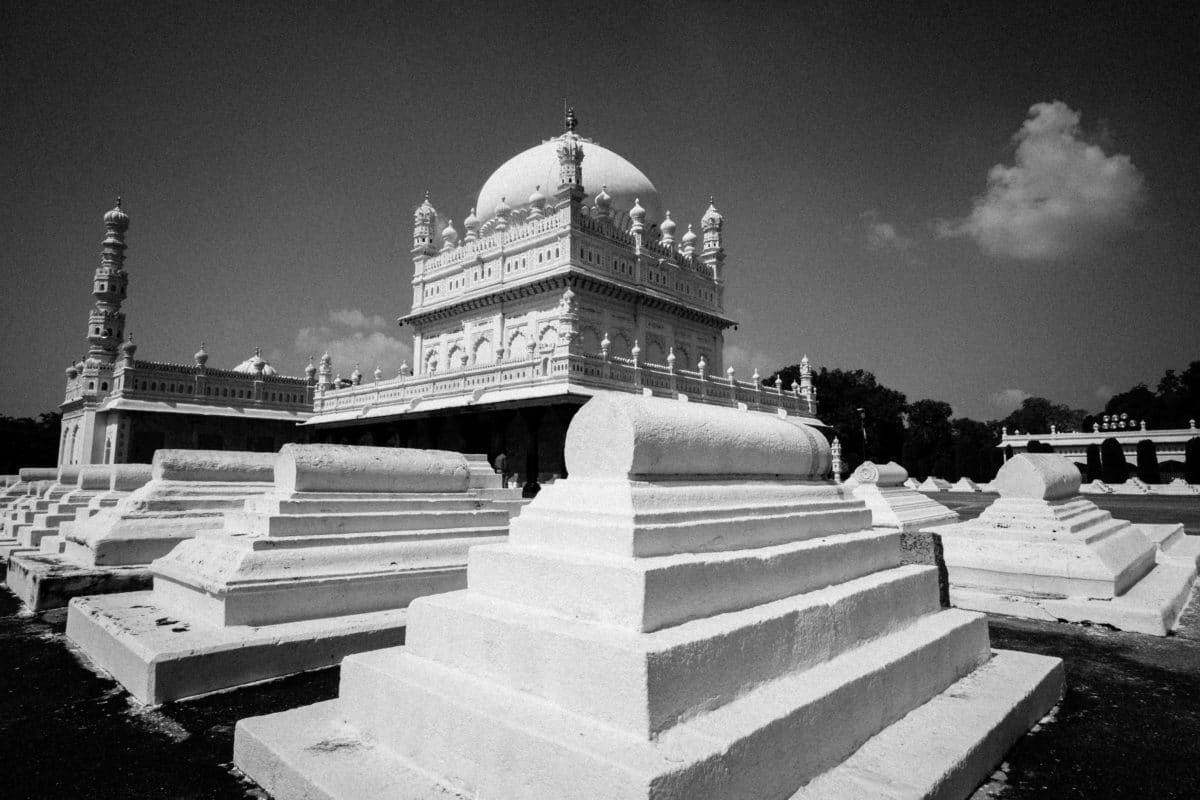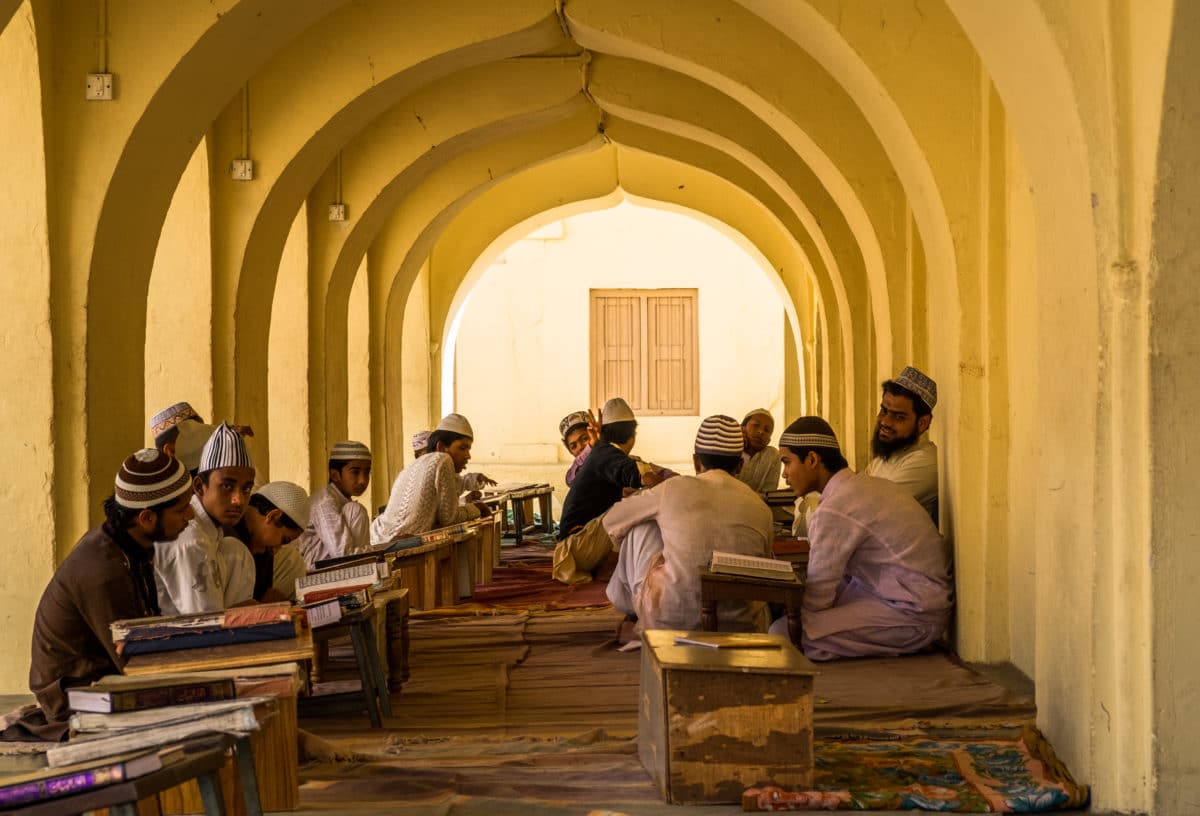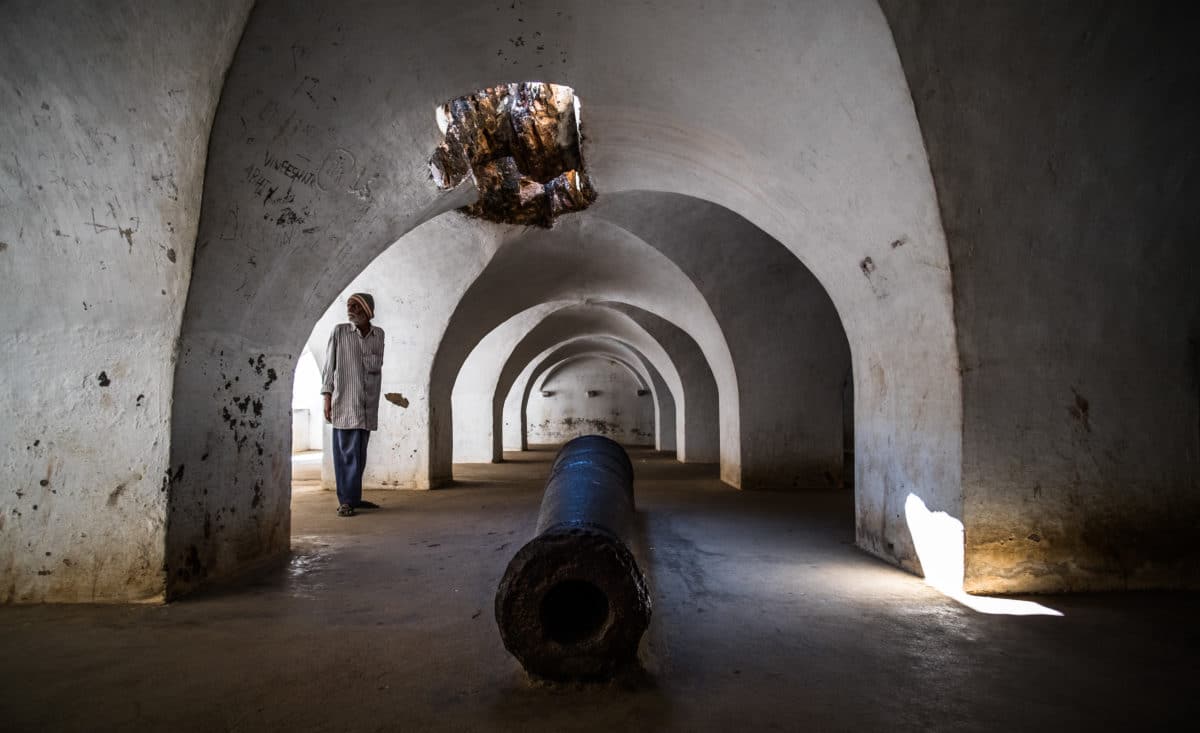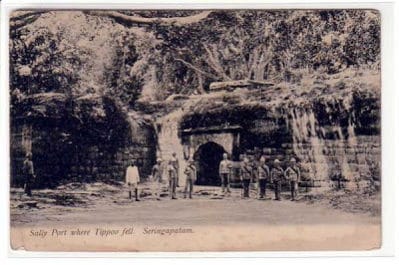For many, the name Srirangapatnam might not ring a bell, unless you are an avid temple goer. Yet it was once the capital of one of the most formidable warrior Kings of India, and the battlefield on which the British Raj purportedly lost more soldiers than anywhere else. For Srirangapatnam, a fortified island town on the Cauvery River, was the seat from which Tipu Sultan, son of Hyder Ali, controlled an empire which covered vast swathes of South India. It was here that the ‘Tiger of Mysore’ waged four wars against the British, captured and imprisoned their commanders, and ultimately perished, sword in hand, a victim of deceit.
Considering its rich history, Srirangapatnam seemed rather under visited and overshadowed, especially in a state that boasts the palaces of Mysore, the Hoysala temples, the ancient city of Hampi and the tombs and forts of the Deccan Sultanate. Like many before us we had glossed over Srirangapatnam while researching Karnataka, and only decided to visit when we found ourselves in Mysore with a day to spare.

Curious and unsure what to expect, we hopped into a local bus and half an hour later alighted at the bus stand. While information on Srirangapatnam is thin, the glories of the bane of the British are grand from vaguely remembered school history lessons. As soon as you exit the bus stand, the old fort gates tower above, tall and proud, just as they would have all those years ago, when columns of cavalry, trader’s caravans, travellers, artists and commoners, passed through its magnificent arches. Today the ancient fort gates tower over a different cavalry of rickshaws, cycles and buses, and the fort walls have survived only in sections, jostling for space with concrete structures.

As expected within five feet outside the bus station a rickshaw driver / tour guide accosts us asking where we want to go. We are clearly tourists and tell the driver, rather obtusely, that we want to see the fort. He laughs disparagingly, gesticulating that the whole town is the fort and whips out a card showing us the 9 ‘important’ sights he will take us to. After much haggling in Hindi (which he did not understand) and Kannada (which we did not understand) we settle on a price and set off to rediscover the capital of Tipu.

Almost as soon as you leave the crowd of the market and the bus stand, Srirangapatam starts working its charm on you. For liberally sprinkled in every direction are remnants of a bygone era, waiting to be uncovered. The one key advantage of a hot day and a seemingly under visited place of historical significance, is the lack of tourists which always makes for a better viewing experience. We dutifully visited the main attractions which include – the tombs of Tipu Sultan and Hyder Ali; the summer palace which houses beautiful gardens, ancient trees and stunning frescos; Bailey’s Dungeon which proved to be a watery grave for many an Englishman; and the old Jumma Masjid, a functioning Madrassa. We also walked around unmarked random ruins and sections of the old fort walls that had managed to survive modernisation. Random memories from school text books on Tipu’s struggle against the British came rushing back and we competed by throwing arbitrary facts at each other. No matter what garbled bits we remembered, we couldn’t but help feel a sense of awe and wonder while exploring the capital of the famous Tipu Sultan, and attempting to understand, just a little, the dangerous world he inhabited.

One such random place we found is the watergate, a dilapidated wooden doorway set in a low crumbling stone wall. Despite being recently white washed, the structure was clearly old and had an air about it. On enquiring with our auto driver as to what it was, we are simple told ‘river’. Surmising that this might be the way to the Cauvery, we asked our exasperated auto driver to stop yet again (by now we had crossed the 9 ‘important’ monuments and stipulated three hours). We decided to take a walk down to the river. The walk itself proved fortuitous as we discover a tiny temple under a massive old gnarled tree and walk across small ‘bridges’ made of slabs of stone, smoothened over centuries of wind and water. Reaching the river, which has dried to a trickle due to the poor monsoon, we sit down for a bit, idly watching the villagers taking dips in the river and washing clothes. The afternoon sun is hanging low by this point making the fields all around shimmer in shades of green and gold. Watergate is quiet and peaceful. After ten minutes of lazing and the customary photo taking, we decide to put our auto driver out of his misery and head back, reflecting on a day well spent and discussing what we would have for dinner (fried rice or noodle soup).

Later in the evening over dinner (noodle soup won) we scoured the internet, looking for more information on the old town, in hopes of acquiring some context to what we had seen. As chance would have it, we happened upon some old photographs of Srinrangapatnam. As we scrolled through the faded sepia and black and white images we came across the instantly recognisable stout form of watergate. The arched doorway of the gate and walls looked the same, as did the old temple tree. 200 odd years had not done much to change things. As we looked at the photograph our eyes widened, for below it, in neat scroll, were the words, ‘Sally Port, where Tippoo fell, Seringapatnam’.

Some useful information:
How to get There: Srirangapatnam is about 15 Kms from Mysore and can be easily accessed by local bus or car.
Where to Stay: Due to its proximity from Mysore, Srirangapatnam can be done as a day trip from and one need not spend a night.
How long do you need: Half a day should be enough to cover the important monuments. Beyond that it depends on how much you wander and how long you linger. The ‘auto tour’ takes about 3 hours.
What you should know: If you are taking the ‘auto tour’ bargain hard. The price quoted is usually about Rs. 600 – 700 and you should be able to strike a deal for Rs. 300 – 400.